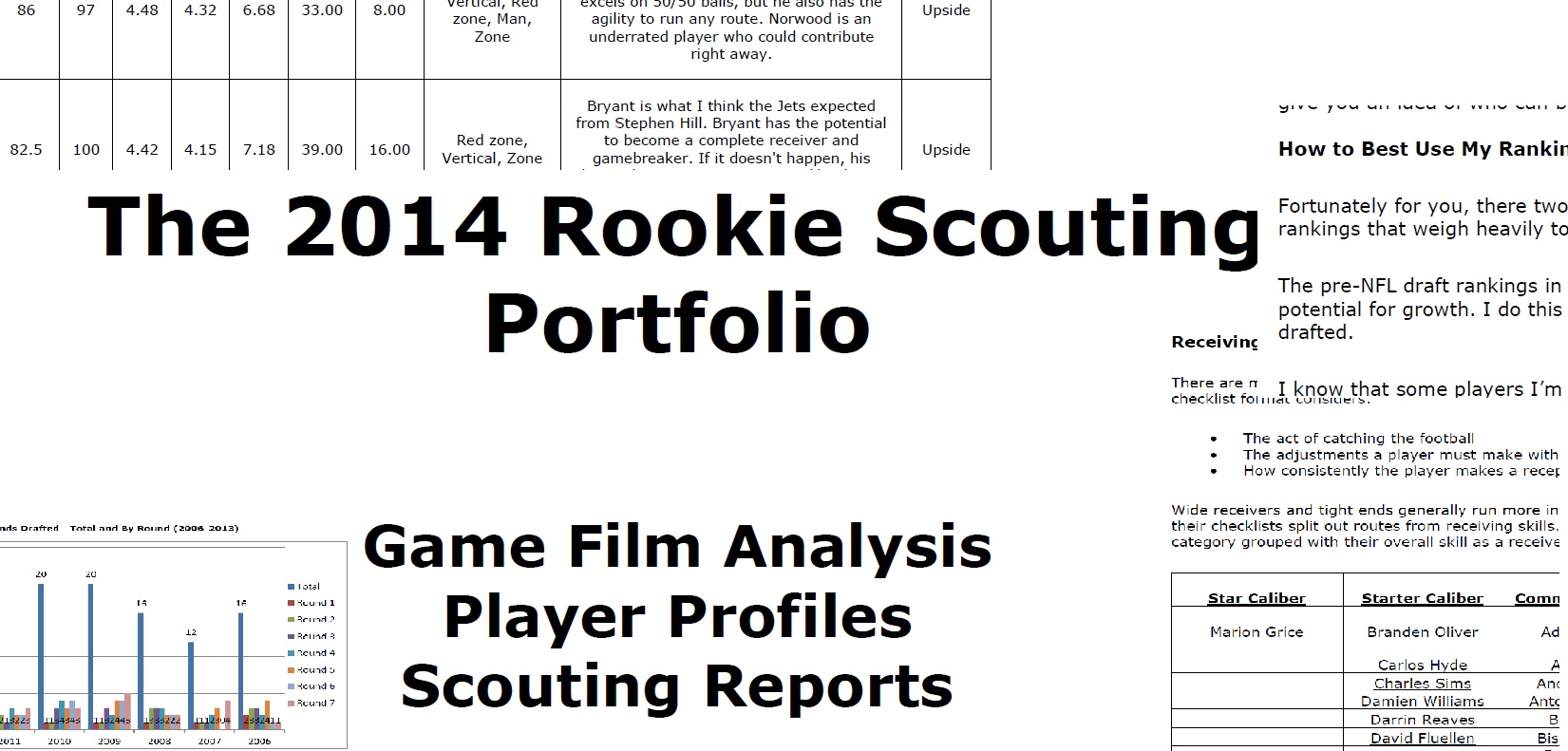“I first experienced the RSP last year and after reading several pages, you got me for only god knows how much time you’ll be doing it. I’d prepay this for the next ten years easily. I mean it in the most sincere way, this has become my most anticipated read of the year and once again, I know it will be awesome.” – Dom
[youtube=http://www.youtube.com/watch?v=T8f06wrsHVI&feature=share]
New to the RSP? Wondering what’s inside the RSP Post-Draft and how to use it? Take the video tour.
- How the Pre-draft and Post-Draft work together.
- Tour of the tiered cheat sheet. .
- The use of ADP values and RSP values to help readers maximize dynasty draft value.
Download the RSP now and I’ll email you a week after the NFL Draft to let you know when the Post-Draft is ready for download. The publications are a package deal at $19.95.
I have readers tell me all the time that they would pay $19.95 just for the Post-Draft publication. I sell this as a package deal only because the pre-draft is just as important long-term as the post-draft. One feeds the other.








